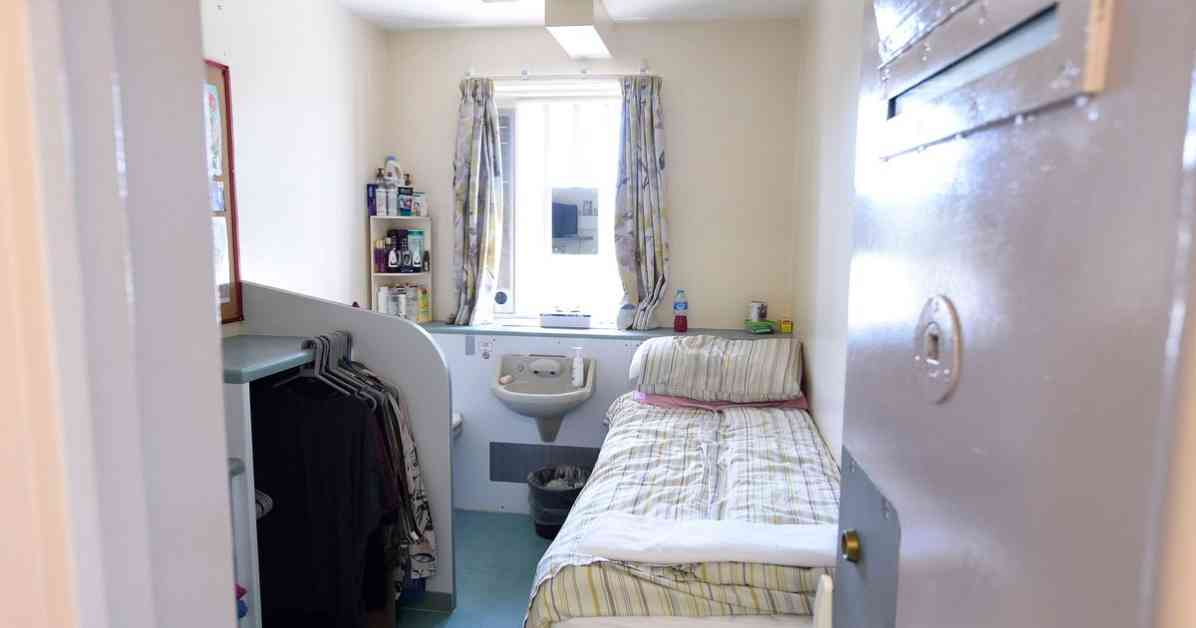The rise in female incarceration rates in Northern Ireland has become a concerning trend, with the number of women behind bars tripling over the past four years. This surge, from a mere 40 women prisoners before the pandemic to 120 currently, has sparked discussions on the reasons behind this drastic increase. Justice Minister Naomi Long has pointed towards the economic crisis as a potential factor contributing to this rise in female imprisonment.
During a recent Minister’s question time at the Assembly, SDLP MLA Justin McNulty raised the issue, questioning Minister Long about the significant spike in the female prison population. He highlighted the staggering 200% increase in female prisoners since before the pandemic, with more than half of them currently on remand. Mrs. Long responded by shedding light on the complexities surrounding this issue, citing delays in the justice system and the dire economic circumstances that many women find themselves in as potential explanations for the uptick in female incarceration rates.
As Minister Long delved into the underlying causes of this concerning trend, she emphasized the need to address the root issues that lead women into the criminal justice system. She noted that acquisitive crimes, often linked to economic hardships or drug-related activities, were prevalent among the female prison population. This observation underscores the broader societal challenges that contribute to the cycle of incarceration, highlighting the importance of implementing effective rehabilitation measures and community-based sentencing alternatives.
Impact of Delayed Justice System
One key factor contributing to the surge in female incarceration rates in Northern Ireland is the delayed justice system, as highlighted by Minister Long. The backlog of cases and delays in court proceedings have resulted in women being locked up for crimes that were committed years ago, contributing to the overcrowding of prisons. This backlog not only hampers the timely delivery of justice but also adds to the strain on an already burdened prison system.
Expert commentary on the impact of delayed justice on female incarceration rates can provide valuable insights into the challenges faced by women within the criminal justice system. Legal experts and advocates working with incarcerated women can offer perspectives on the need for reform and proactive measures to address these systemic issues. By shedding light on the human stories behind these statistics, a more nuanced understanding of the factors driving the increase in female imprisonment can be gained.
Addressing Economic Factors
The economic crisis has also been identified as a significant factor contributing to the rise in female incarceration rates in Northern Ireland. Minister Long’s remarks on the prevalence of acquisitive crimes among female prisoners underscore the impact of economic hardships on individuals, pushing them towards criminal activities as a means of survival. This intersection of economic struggles and criminal justice involvement highlights the complex interplay between societal factors and the criminalization of poverty.
In exploring the economic factors influencing female imprisonment, a deeper understanding of the systemic inequalities and barriers faced by women in marginalized communities can be gained. By engaging with social workers, economists, and community advocates, a holistic approach to addressing the root causes of female incarceration can be developed. Through targeted interventions and support programs, efforts to prevent the escalation of women entering the criminal justice system can be enhanced.
By examining the multifaceted reasons behind the increase in female incarceration rates in Northern Ireland, a more comprehensive approach to addressing this issue can be formulated. Minister Long’s acknowledgment of the systemic challenges faced by women within the criminal justice system underscores the need for proactive measures to support vulnerable populations and prevent the cycle of incarceration. Through collaborative efforts and a commitment to social justice, strides can be made towards creating a more equitable and compassionate system that prioritizes rehabilitation and community-based solutions.




